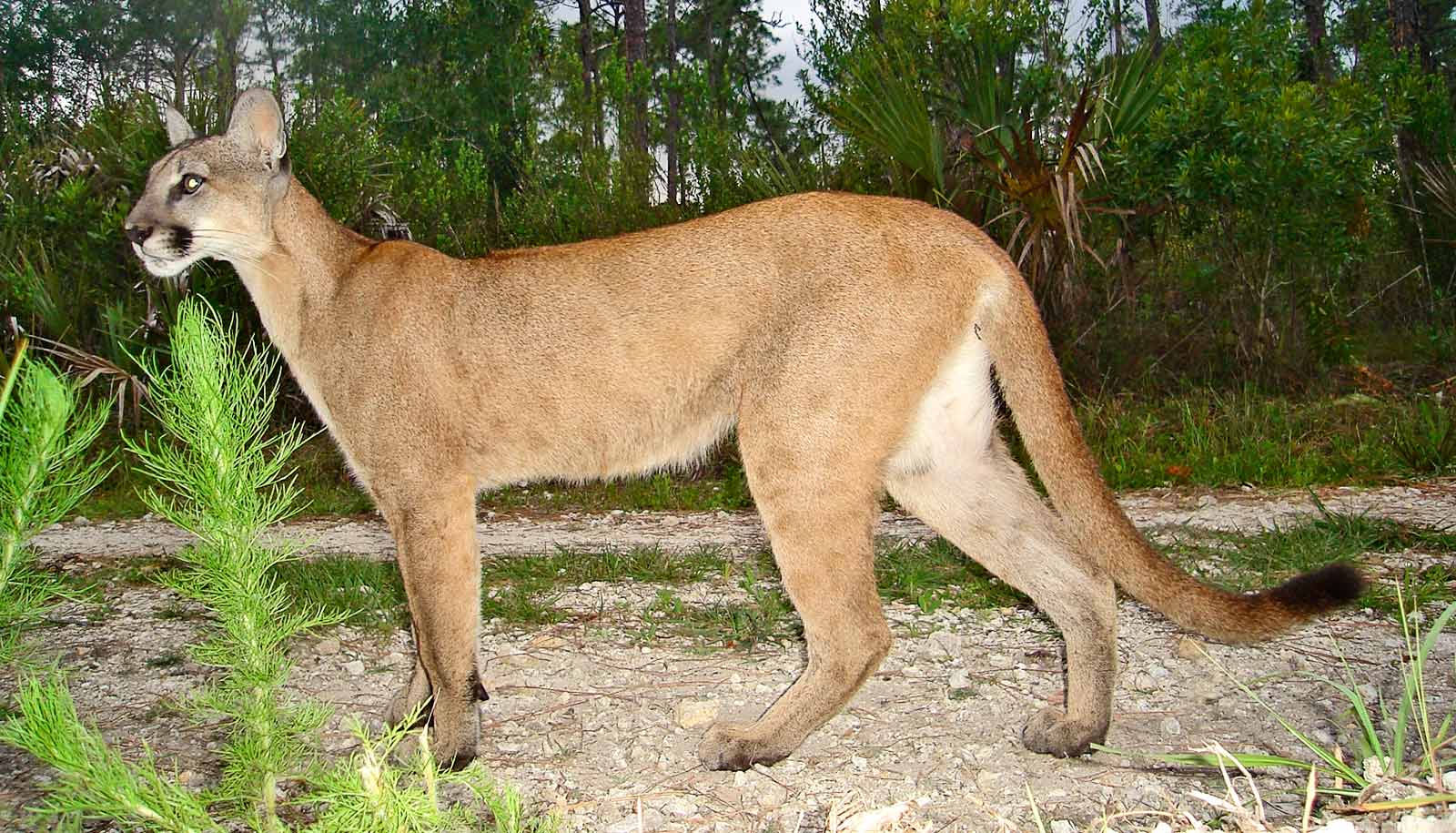A new study finds that protection of the northern spotted owl in the Pacific Northwest led to as many as 32,000 timber job losses, compared to the 130,000 jobs the industry predicted.
Last month, the Biden administration indicated it would reverse changes to the Endangered Species Act made by President Trump, which had opened up a large chunk of the threatened northern spotted owl’s habitat in the Pacific Northwest to logging. The move fueled a decades-old debate between industry and conservationists in the region—a tension that is broadly characteristic of the Endangered Species Act’s history.
“The history of the Endangered Species Act is marked by a contested choice: Should we save wildlife, or jobs? The northern spotted owl is the poster species in that debate,” says Eyal Frank, an assistant professor at the University of Chicago’s Harris School of Public Policy. “But that decision is often made without needed evidence. And if we don’t quantify the costs of species protection, direct or indirect, we end up assuming they’re infinitely large.”
Frank has cowritten new research that examines the impact of the 1990 listing of the northern spotted owl as threatened under the Endangered Species Act on employment in the timber sector.
The findings, published in the Journal of Environmental Economics and Management, show the listing did lead to job losses—but the losses were just a small fraction (less than a quarter) of the maximum of 130,000 jobs that the industry had predicted could be lost.
When 6.9 million acres of old forests were designated as protected habitat for the owls, logging was prohibited. Timber employment did subsequently decline, by 14% compared to regional employment in the sector and by 28% in the impacted counties compared to the industry at the national level.
“Had the logging continued as projected, the roughly 200-years-old forests those workers were cutting down would likely be gone today—and with them, the jobs.”
These reductions reflect a decline of about 32,000 jobs in the lumber and wood products sector when compared nationally, or 16,000 jobs when compared within the region. These estimates are significantly lower than the projections made by industry and align with federal projections (13,000 near-term jobs and 28,000 jobs in the long run).
“Those job losses were a short-term cost, which likely had real welfare impacts on the workers, but in exchange we got back the chance to save a species and protect many others,” says Frank, who is affiliated with the Energy Policy Institute at the University of Chicago.
“The proper context should also be given here: Had the logging continued as projected, the roughly 200-years-old forests those workers were cutting down would likely be gone today—and with them, the jobs.”
To account for possible changes in global timber markets, researchers compared timber employment in the affected counties to the Canadian sector and found no similar decline in Canada.
In other words, the declines in the Pacific Northwest and northern California were not due to larger industry trends. Only a small percentage of working-age men left the region, and most did not leave for jobs in other physically exertive sectors like agriculture and mining. Timber sales in the affected area declined by 45% relative to sales in unaffected forests, and the projected future price of lumber doubled relative to other commodities.
The authors note their analysis demonstrates that environmental conservation aiming to protect species’ habitats can affect related industries and employment, though it is not straightforward to generalize the spotted owl’s case to other Endangered Species Act listings and industries.
While extractive industries, and especially logging, might represent the most direct impacts conservation policy can have on employment, the authors note that these impacts may be the “upper bound”: Other listings could affect fewer jobs.
“This case likely represents one of the worst labor market impacts, as it resulted in placing 40% of an industry’s resource base under protection. The listing of other species would have smaller impacts on other sectors,” Frank says.
“It should therefore not be taken as a cautionary tale to prevent the listing of species, but rather an example of why we need solid data to show that the costs are real, manageable, and not infinite.”
Source: University of Chicago



